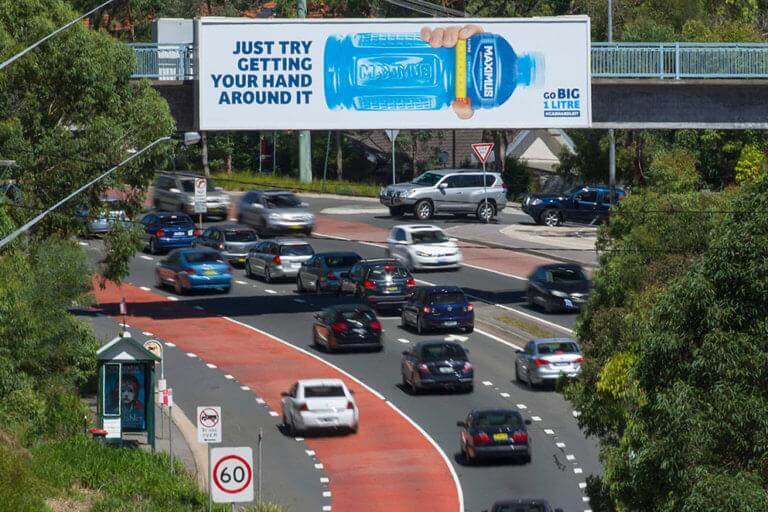
Bright lights, dangerous city?
Digital billboards are becoming increasingly popular for out-of-home advertising, as they have the assets to provide day and night advertising to outdoor audiences. However, critics are suggesting that digital billboards are actually performing unsafe measures that could potentially distract drivers further away from the road. With ads rotating an average of 8 seconds on the digital screens, are drivers focusing more on the changing messages than they are on the lane they’re driving in? Could digital billboards play out like another cell phone drivers have a difficult time keeping their vision away from?
Digital billboards can be seen from a great distance, so drivers are well aware of what’s to come when they get closer to the advertisement. This may lead them to pay minimal attention to the message when they’re heading more towards it, because they’ve already been exposed to it from lengths away. Or, it can be the opposite. Some digital billboards may be larger in size, more intimidating than others, which can overpower the driver. What is the correlation between roadside accidents and digital billboards? This post will go over a few studies that have shared opposing views on the matter, and have indicated that the evolution of digital billboards is not entering extinction anytime soon.
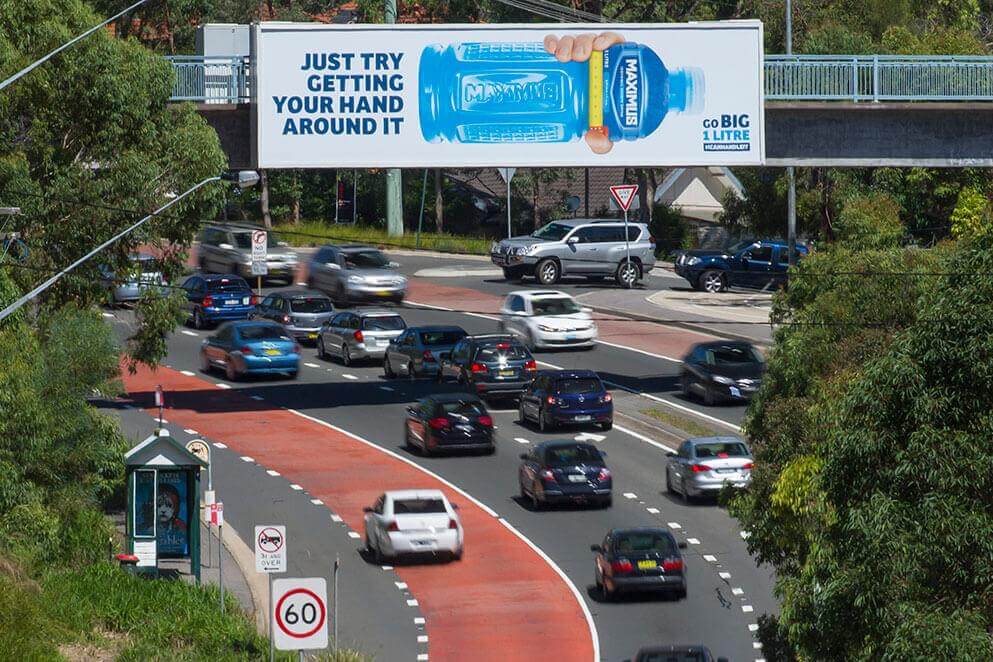
Controversy in California
Safety advocates and lawyers in Orange County, LA are up in arms over digital billboards erected in and around the area for reasons of suspicion. These members believe that digital billboards pose a dangerous threat for drivers and partly contribute to roadside accidents. In 2009, the state of California tried to impose a two-year ban on the construction of new digital billboards. But, to no avail, this ban fell through and digital signage continues to be a part of outdoor advertising in Cali.
According to a study released by the National Highway Traffic Safety Administration (NHTSA) and the Virginia Tech Transportation Institute (VTTI), driver distraction makes up 80 percent of crashes and 65 percent of near-crashes. However, though this information is a harsh reality, it really holds no bearing on the cause being that of digital billboards. In response to this study, the Federal Highway Administration (FHWA) conducted their own study which has resulted in bias allegations and further controversy.
Science Applications Inc. hired a man by the name of Jerome Watchel, a Berkeley traffic safety expert, to review the study conducted by the FHWA. It was revealed that Watchel reviewed two studies in the past that were in fact sponsored by billboard companies, and the results were obviously pointing in favour of digital billboards being safe outdoor displays. What came out after was surprising. The billboard industry groups that were studied, along with five congressmen, signed a letter to the Security of Transportation outlining that Watchel’s hiring could affect the legitimacy of the FHWA study. Afterwards, it was exposed that those congressmen had received campaign contributions from billboard industry execs that rose to the amount of $26,484 since 2006. This limited any valuable information revealed from the study, and only served to steer information related to driver safety and digital billboards towards mistrusting influential figures.
The results from the FHWA, in rebuttal to the study by the NHTSA and VTTI, are still kept under wraps. This has safety advocates and lawyers still questioning whether digital billboards increase the risk of car accidents. As it stands today, California has no credible evidence stating digital billboards are dangerous.
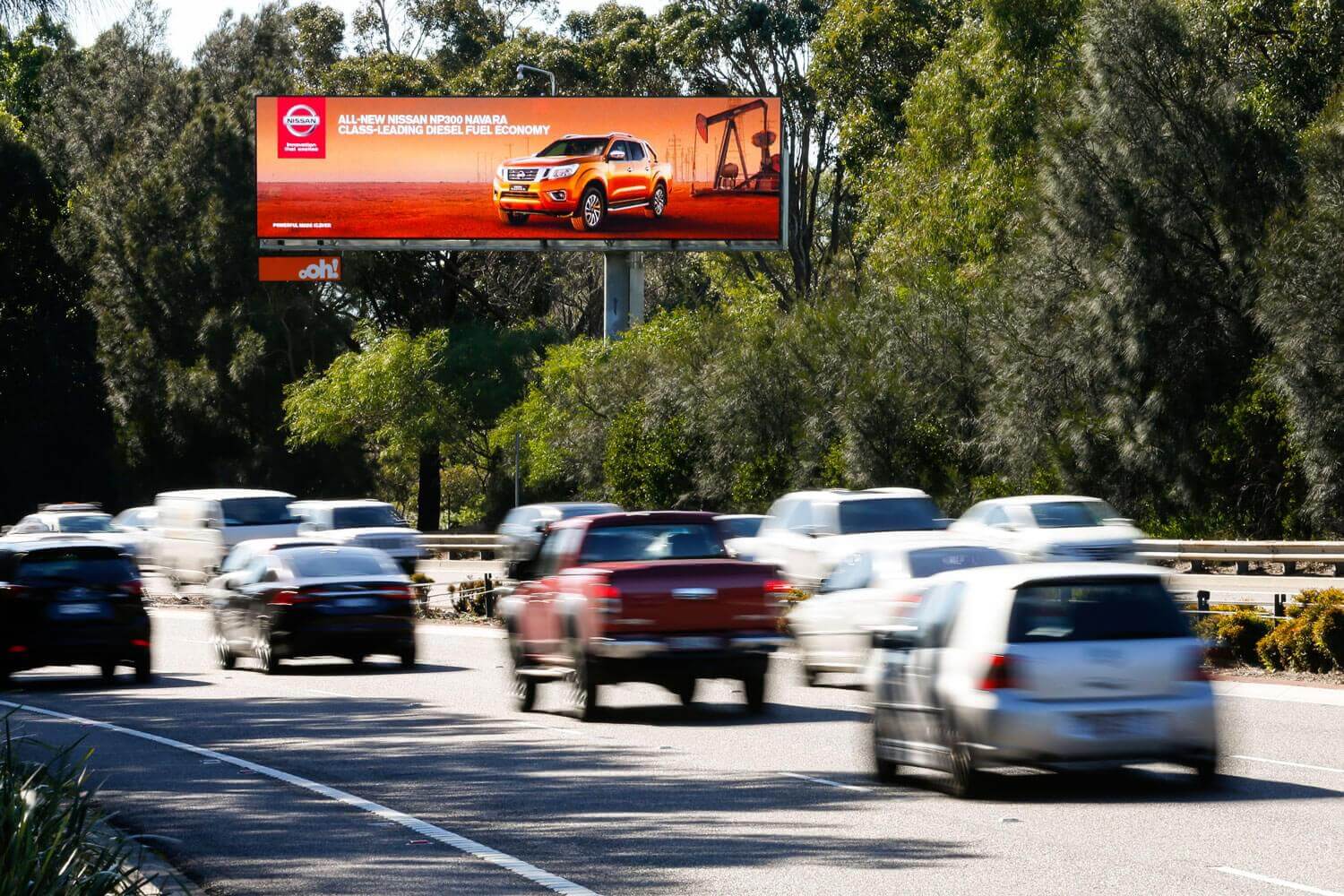
Accident Analysis and Prevention in New England
Another research study, with more legitimacy, was conducted by the New England University Transportation Center & MIT AgeLab which tackled the theory that flashing lights in rotating digital billboards are a cause for concern. The researchers predicted that those lights may be enough to give off “obligatory shifts of covert visual attention” because of sensory, automatic reactions that form in less than 100 milliseconds. Because of this suspicion, the team found it necessary to analyze driver’s glances at digital billboards while they’re operating their vehicle.
Drivers are prone to the lights emulating from flashing digital billboards, and this team decided to investigate this natural reaction. What they did was dissect video camera footage from two previously conducted field studies showing 123 participants driving on a specific piece of highway just north of Boston, where a double-sided digital billboard lived. The standstill cameras recorded both the driver’s face and a wide-angle view of their vehicle. It showed the drivers in a loop, passing the billboard from both southbound and northbound. The researchers made specific markers while analyzing the footage that looked at the driver’s eye positions. They discovered that whether going south or north, the drivers made clear off-road glances towards the billboard. They found that drivers held gaze with the billboard more when it switched between ads, so the rotation had something to do with a longer glance.
Based on the National High Traffic Safety Administration guidelines for measuring in-vehicle distractions, the researchers discovered that participants generally spent significantly less time visually aware of the road when approaching the billboard. At the end of the study, it was concluded that digital billboards do impact the attention of drivers on the roads but the way they impact the driver’s safety is still an unresolved issue. The researchers wrote that, “Although these data show a clear change in the distribution of glance behavior around the billboard, it is unclear at this time, what, if any, features are safety-relevant and how the results would extend to nighttime driving.” (Belyusar et al. 2016). We can confidently say that, according to this study, the dangers of digital billboards remain unsolved.
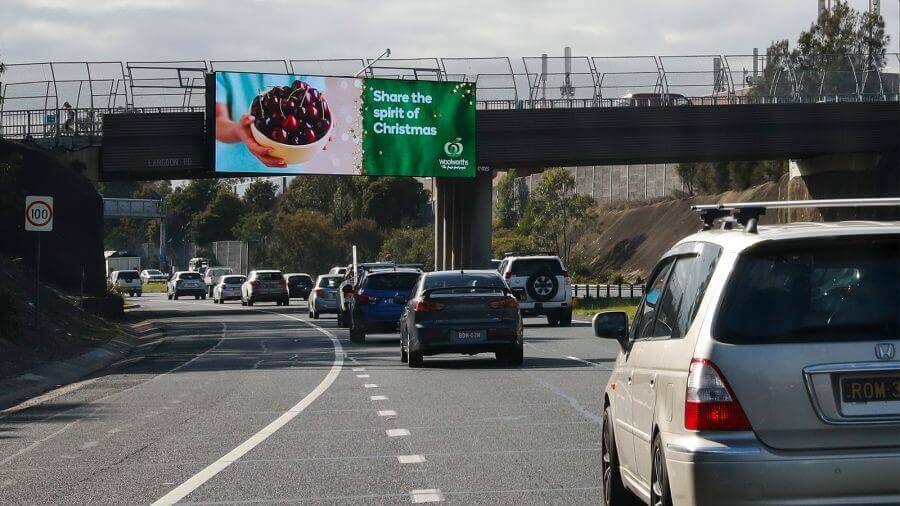
American Research on Digital Billboards
According to research curated by Dave Johnson, a columnist for Industrial Safety & Hygiene News, there are plenty of useful statistics and gathered information surrounding the dangers of digital billboards. Let’s explore some of those facts:
– digital billboards are part of a $7 billion outdoor sign industry that points to a 2013 federal study which summed up that digital billboards aren’t distracting drivers
– the same assessment said that the longest time someone was recorded glancing at a digital billboard was 1.34 seconds
– in contrast to this, government-funded research in Alabama and Florida concluded that crash rates were 25 percent to 28 percent higher near digital billboards residing along speed roadways
– in Massachusetts, a study learned that older drivers were vulnerable at digital billboard glances when their messages were rotated
– everyday, over 8 people are killed and 1,161 injured due to distracted driving
– in 2015, 3,477 people were killed and 391,000 were injured in crashes involving distracted driving
– according to the Outdoor Advertising Association of America, about 6,400 digital billboards are in full effect along American roadways
– when a driver glances two or more seconds at a “distracting agent”, such as a digital billboard, they’re potential exposure to a crash rises
– a study by the Virginia Tech for the National Highway Traffic Safety Administration agreed that anything that diverts a driver’s eyes away from the road for two seconds or more heavily increases crash risks
– that same study saw that 80% of all crashes were made up of lost focus from the driver just before, within three seconds, of the crash

The Importance of Keeping Drivers Aware of Dangers
In America, most workers, about 76.1%, drive to their jobs alone. There are no passengers in the car to warn the driver of an upcoming interference. According to the same post by Dave Johnson, he suggests that the companies these drivers work for should educate their employees on road related laws and crash prevention. Heightened awareness is the first step of preventing accidents while driving. Though it may be a focal point for companies to enact some level of awareness about crash prevention, it’s ultimately the driver’s duty to be spatially and physically aware of their surroundings while their driving. There are plenty of resources online that drivers can access to learn more about roadside safety and how digital billboards operate to advertise, not to harm the safety of drivers.
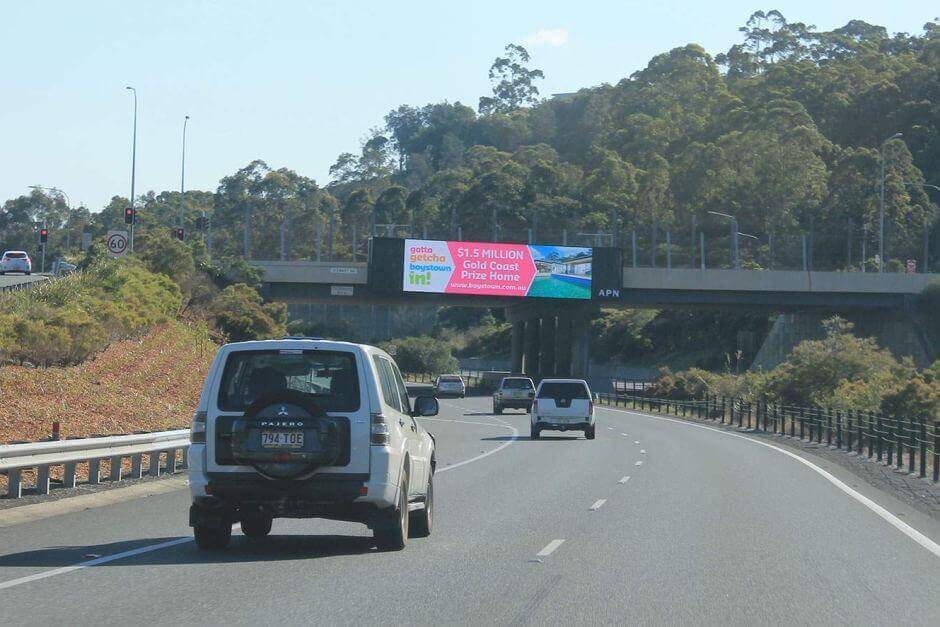
Not Dangerous in the Long Run
After examining a few studies that fell short on providing adequate evidence supporting the claim that digital billboards are dangerous for drivers, let’s talk about how the Department of Transportation (DOT) found proof that backed up the innocence of these out-of-home executions. The study conducted by the DOT, released by the Federal Highway Administration (FHA), found that drivers are not any more likely to be distracted by digital billboards than they are by static ones. Surveying drivers in Virginia and Pennsylvania, the DOT found that the average length of time drivers looked at digital billboards was 379 milliseconds. Compared to the 335 milliseconds drivers took to look at static billboards, it’s not too different. These results were well below the accepted time allotted to glancing at billboards which is 2000 milliseconds, or 2 seconds.
The study reported that, “The results did not provide evidence indicating that Commercial Electronic Variable Message Signs, as deployed and tested in the two selected cities, were associated with unacceptably long glances away from the road.” (Laing 2014), which was praised by the Outdoor Advertising Association of America (OAAA). The OAAA has pushed for a lenience of rules which regulate the operations of digital billboards, and they see this as a sweet victory. It was found that another federal study released later that year had the same conclusion: digital billboards aren’t dangerous to drivers.
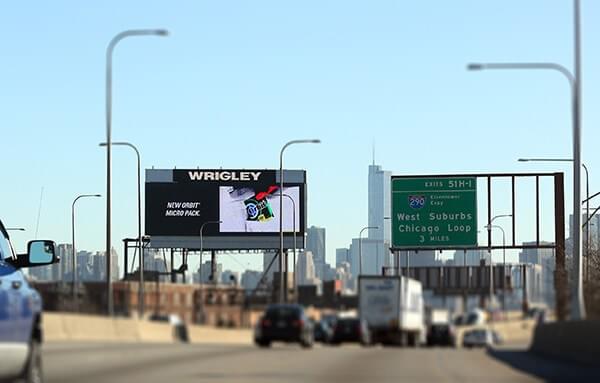
It’s pretty much certain that digital billboards don’t singlehandedly impact the safety of drivers along the road, however some critics may argue. But, as was revealed in this post today, digital billboards are not found to cause more of a distraction to drivers than static billboards do. And some may not even perceive them as distractions in the first place. Whatever the case may be, the results conclude that digital billboards hold very little to no evidence that they’re dangerous and impede on the wellbeing of drivers everywhere.
References:
Belyusar, D., Reimer, B., Mehler, B., & Coughlin, J. F. (2016). Are Digital Billboards Dangerously Distracting? Association for Psychological Science. Retrieved from: https://www.psychologicalscience.org/news/motr/are-digital-billboards-dangerously-distracting.html
Laing, Keith (1 July 2014). DOT study finds digital billboards don’t distract drivers. The Hill. Retrieved from: https://thehill.com/policy/transportation/194654-dot-study-finds-digital-billboard-dont


